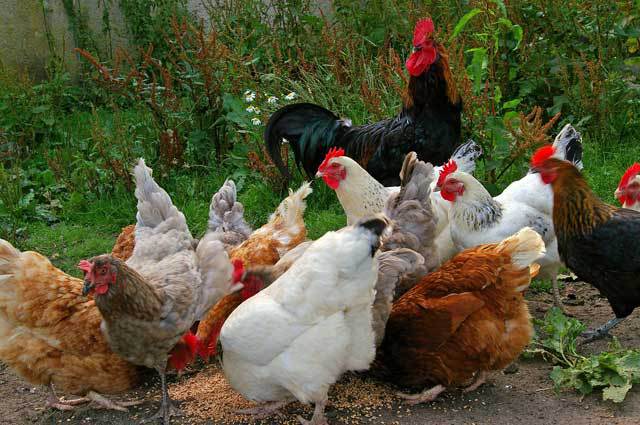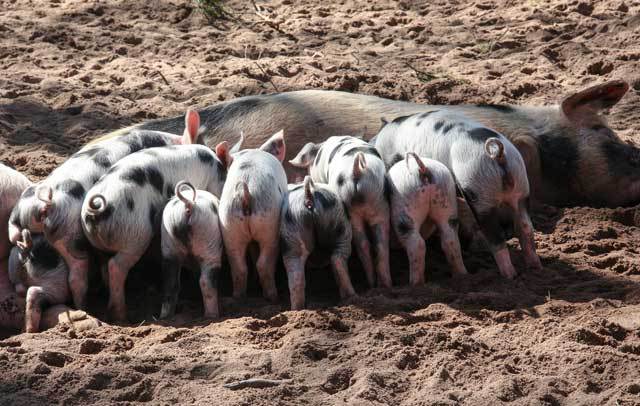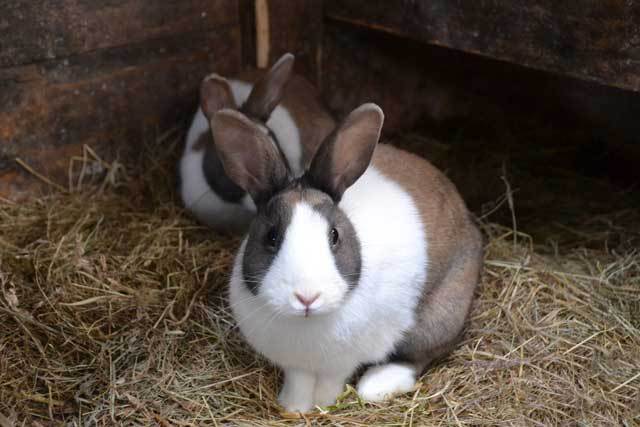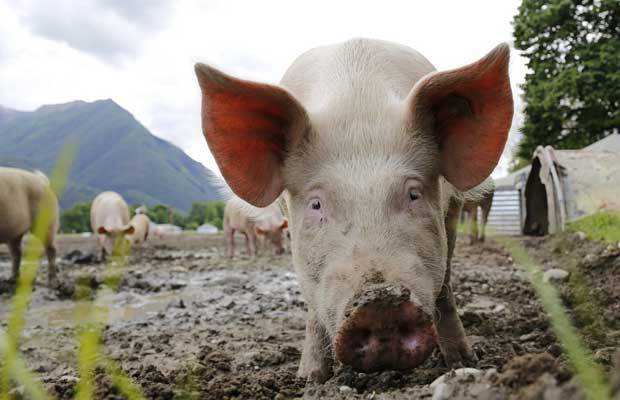
In the case of a SHTF event, we could live without internet, cars and gadgets. We could survive without electricity, air conditioning, heating systems and hot water. But we couldn’t make it without enough food supplies. Canned tuna, frozen beans and boiled potatoes can only last so far. All these supplies are bound to end sooner or later, leaving us exposed to starvation. So how can preppers improve on this aspect and ensure their food supply doesn’t run out after three days? The answer is raising livestock. Our ancestors didn’t have supermarkets, had never heard about take-away, fast-food, processed food or preservatives. In this respect, we have a great deal of things to learn from them.
Related: Healthy Soil + Healthy Plants = Healthy You
Their survival depended on livestock, fruits, vegetables, plants and seeds. Nowadays you can learn about all of these by getting an agriculture degree. But back then, knowledge was passed down from generation to generation and people had to learn from trial and error rather than from a YouTube tutorial. If you want to make sure you are truly ready for anything read all about the livestock you should raise and why. It’s never too late to start researching livestock and becoming an expert in the field. Who knows, if you start right now, you might be taking the first step in keeping your family alive when disaster strikes.
Chickens
If we would have to advise you what livestock you should raise and why, based on rate of growth criteria, chicken would win by far. They manage to double their number with every year and they don’t require a complicated set up or high maintenance. They are great because they yield plentiful supplies of meat and eggs in relation to how much food they require. For example, a hen could supply you with 10 to 12 eggs for each five pounds of food.
Related: The Many Benefits of Raising Chickens
Another great benefit of raising chicken is that the birds are not picky about what they eat. They will happily peck on anything that they can find, from insects and weeds to leftovers from your dinner. The only drawback with this is that they can easily damage your garden, so you might want to fence them in to keep that from happening.
Another pro for raising chicken is that they don’t need a lot of space or sturdy fences. However, you should keep in mind that these fowls will learn how to fly, so you might want to build a six-foot fence or add a top to their pen. You should also watch out for predators: foxes, owls, rats and opossums will all try to take a swing at your chicken if they’re not protected enough.
Pigs
Also dubbed the best garbage disposers, pigs will munch anything you put in front of them: kitchen leftovers, greens, roots and grains, just to name a few. In exchange for these, in return, they will give you bacon, ham and plenty of meat. Not only unpretentious eaters, pigs don’t need too much room either, despite their great size. The best time to buy a piglet is in the spring in order to give it time to grow and develop to more than 220 pounds over the summer.
All the maintenance pigs require is feeding and watering two times a day as well as cleaning their pens every few days. Butchering a hog that weighs over 200 pounds is no easy task. But you’ll only be reaping the benefits. Almost every part of the pig is edible and ready to be turned into steaks, broths, aspic, bacon, ribs, sausages, pork loins and trotters. Even the skin is edible, although most people are reticent to eat it because pigs are not among the cleanest animals. Bear in mind that they might test your olfactory tolerance before you manage to fatten them up and transform them into pork chops.
Rabbits
Not only pretty faces, rabbits are clean, quiet and prolific. Ideal for small spaces, rabbits will thrive in modest sized cages and as long as their manure is cleaned out regularly, they will remain odor-free. These furry animals are extremely rewarding for the amount of care and food they require. Rabbits feed on hay, which should be cut in three-inch lengths and stacked into the hay-racks that must be kept full at all times. They will also eat dried bread or crusts and, as it may be expected, they enjoy nibbling on carrots and roots.
A buck and two does will yield as much as 50 rabbits per year, which translates into roughly 170 pounds of meat. Not too shabby for the effort you have to put in every day. Rabbits can be consumed as soon as they are seven or eight months old, but you can wait and make a more consistent stew from a three-year old buck. While they can withstand harsh cold weather, they are not big fans of wet or hot conditions. Keep in mind that they will need a cool place in the summer that has plenty of ventilation and fresh water supplies.
Sheep
Docile and quiet, sheep thrive on grassland, which is a huge selling point. They don’t require high maintenance and offer excellent products in return: meat, milk (which can be made into cheese), skin, wool and manure. Because they are amazing grazers, they are very economical. An acre of pasture can feed as much as four animals, without including the lambs. An adult ewe will be able to yield as much as 100 pounds of meat and 7 to 9 pounds of wool.
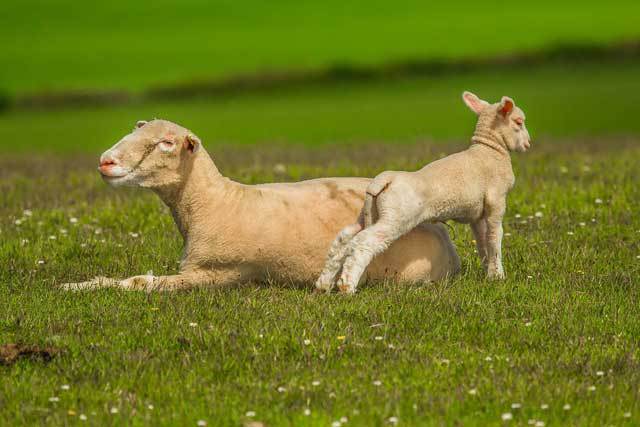
Care-taking is kept to a minimum, but you might want to prepare yourself for yearly shearing. Ewes might also need assistance in delivering their lambs and in making sure they are looked after. You should also keep an eye on the lambs which are extremely vulnerable in the first weeks and stand for an easy prey for natural predators. Easy to feed and look after, odourless and calm, sheep are definitely a top choice when it comes to livestock you should raise.
Other self-sufficiency and preparedness solutions recommended for you:
Healthy Soil + Healthy Plants = Healthy You
The vital self-sufficiency lessons our great grand-fathers left us
Knowledge to survive any medical crisis situation
Liberal’s hidden agenda: more than just your guns
Build yourself the only unlimited water source you’ll ever need
4 Important Forgotten Skills used by our Ancestors that can help you in any crisis


